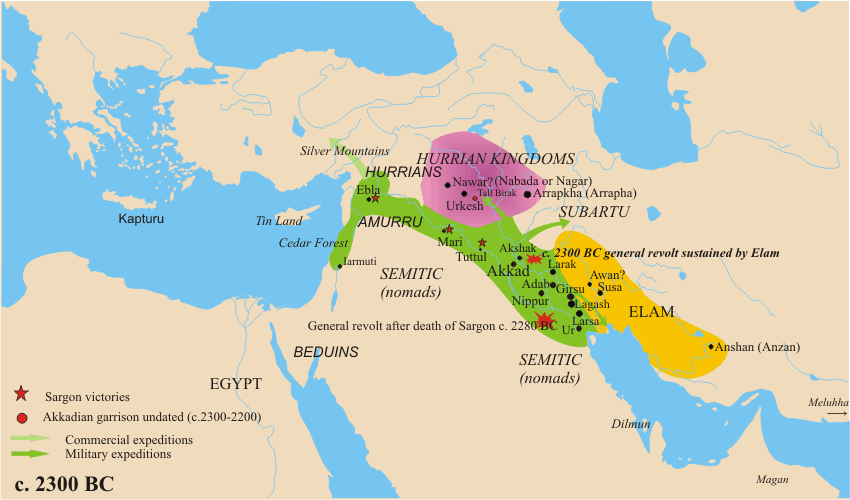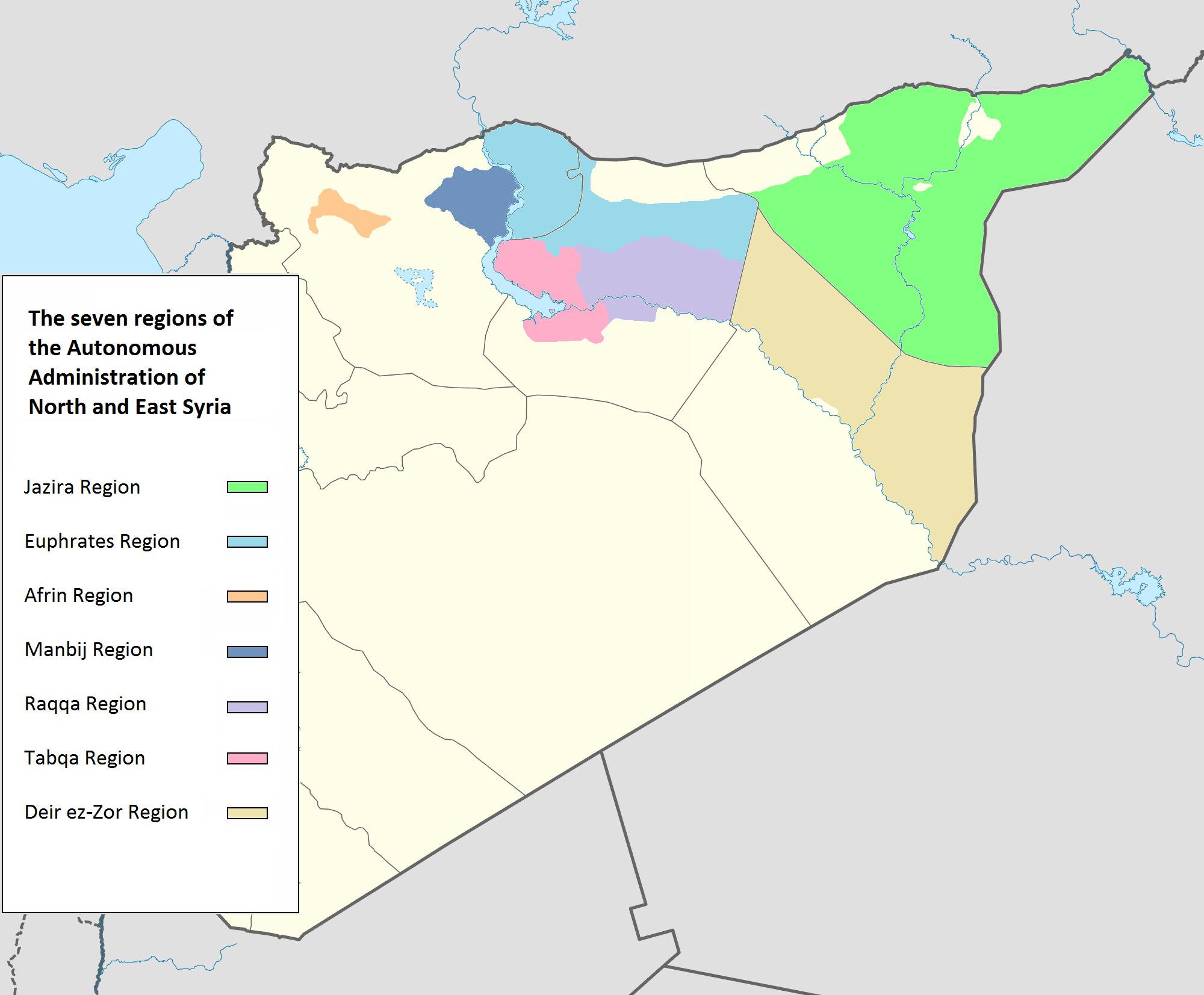|
Shattuara II
Shattuara II, also spelled Šattuara II, was the last known king of the Hurrian kingdom of Mitanni (Hanigalbat) in the thirteenth century BC, before the Assyrian conquest. Reign A king named Shattuara is suggested to have ruled Hanigalbat during the reign of the Assyrian king Shalmaneser I (1263-1233 BC). In an Assyrian inscription, King Shattuara of Hanigalbat is said to have waged war against Shalmaneser I. See also *Mitanni Mitanni (–1260 BC), earlier called Ḫabigalbat in old Babylonian texts, ; Hanigalbat or Hani-Rabbat in Assyrian records, or in Ancient Egypt, Egyptian texts, was a Hurrian language, Hurrian-speaking state in northern Syria (region), Syria an ... Hurrian kings 13th-century BC monarchs Late Bronze Age collapse {{ANE-bio-stub ... [...More Info...] [...Related Items...] OR: [Wikipedia] [Google] [Baidu] |
Hurrian
The Hurrians (; ; also called Hari, Khurrites, Hourri, Churri, Hurri) were a people who inhabited the Ancient Near East during the Bronze Age. They spoke the Hurro-Urartian language, Hurrian language, and lived throughout northern Syria (region), Syria, Northern Mesopotamia, upper Mesopotamia and southeastern Anatolia. The Hurrians were first documented in the city of Urkesh, where they built their first kingdom. Their largest and most influential Hurrian kingdom was Mitanni. The population of the Hittite Empire in Anatolia included a large population of Hurrians, and there is significant Hurrian influence in Hittite mythology. By the Early Iron Age, the Hurrians had been assimilated with other peoples. The state of Urartu later covered some of the same area. A related people to the Hurrians are the Urarteans. History Early Bronze Age The Khabur River valley became the heart of the Hurrian lands for a millennium. The first known Hurrian kingdom emerged around the city of Urkesh ... [...More Info...] [...Related Items...] OR: [Wikipedia] [Google] [Baidu] |
Mitanni
Mitanni (–1260 BC), earlier called Ḫabigalbat in old Babylonian texts, ; Hanigalbat or Hani-Rabbat in Assyrian records, or in Ancient Egypt, Egyptian texts, was a Hurrian language, Hurrian-speaking state in northern Syria (region), Syria and southeast Anatolia (modern-day Turkey) with Indo-Aryan languages, Indo-Aryan Indo-Aryan superstrate in Mitanni, linguistic and political influences. Since no histories, royal annals or chronicles have yet been found in its excavated sites, knowledge about Mitanni is sparse compared to the other powers in the area, and dependent on what its neighbours commented in their texts. The Hurrians were in the region as of the late 3rd millennium BC. A king of Urkesh with a Hurrian name, Tupkish, was found on a clay sealing dated at Tell Mozan.Salvini, Mirjo. "The earliest evidences of the Hurrians before the formation of the reign of Mittanni." Urkesh and the Hurrians Studies in Honor of Lloyd Cotsen. Urkesh/Mozan Studies Bibliotheca Mesopotamic ... [...More Info...] [...Related Items...] OR: [Wikipedia] [Google] [Baidu] |
Hanigalbat
Mitanni (–1260 BC), earlier called Ḫabigalbat in old Babylonian texts, ; Hanigalbat or Hani-Rabbat in Assyrian records, or in Egyptian texts, was a Hurrian-speaking state in northern Syria and southeast Anatolia (modern-day Turkey) with Indo-Aryan linguistic and political influences. Since no histories, royal annals or chronicles have yet been found in its excavated sites, knowledge about Mitanni is sparse compared to the other powers in the area, and dependent on what its neighbours commented in their texts. The Hurrians were in the region as of the late 3rd millennium BC. A king of Urkesh with a Hurrian name, Tupkish, was found on a clay sealing dated at Tell Mozan.Salvini, Mirjo. "The earliest evidences of the Hurrians before the formation of the reign of Mittanni." Urkesh and the Hurrians Studies in Honor of Lloyd Cotsen. Urkesh/Mozan Studies Bibliotheca Mesopotamica. Malibu: Undena Publications (1998): 99-115 The first recorded inscription of their language was o ... [...More Info...] [...Related Items...] OR: [Wikipedia] [Google] [Baidu] |
Shalmaneser I
Shalmaneser I (𒁹𒀭𒁲𒈠𒉡𒊕 md''sál-ma-nu-SAG'' ''Salmanu-ašared''; 1273–1244 BC or 1265–1235 BC) was a king of Assyria during the Middle Assyrian Empire. He was the son and successor of Adad-nirari I. Reign Year 1: According to his annals, discovered at Assur, in his first year he conquered eight countries in the northwest and destroyed the fortress of Arinnu, the dust of which he brought to Assur. Year 2: In his second year he defeated Shattuara, king of Hanilgalbat (Mitanni), and his Hittite and Ahlamu allies. He incorporated the remains of the Mittanni kingdom as part of one of the Assyrian provinces. Shalmaneser I also claimed to have blinded 14,400 enemy prisoners in one eye. He was one of the first Assyrian kings who was known to deport his defeated enemies to various lands rather than simply slaughtering them all. He conquered the whole country from Taidu to Irridu, from Mount Kashiar to Eluhat, and from the fortresses of Sudu and Harranu to ... [...More Info...] [...Related Items...] OR: [Wikipedia] [Google] [Baidu] |
Wasashatta
Wasashatta, also spelled Wasašatta, was a king of the Hurrian kingdom of Mittani ca. the early thirteenth century BC. Reign Like his father Shattuara, Wasashatta was an Assyrian vassal. He revolted against his master Adad-nirari I (c. 1295-1263 BC (short chronology)) and sought help in vain from the Hittites. The Assyrians crushed his revolt and devastated Hanigalbat. The royal family was captured and brought to Assur and Wasashatta was never heard of again. See also *Mitanni Mitanni (–1260 BC), earlier called Ḫabigalbat in old Babylonian texts, ; Hanigalbat or Hani-Rabbat in Assyrian records, or in Ancient Egypt, Egyptian texts, was a Hurrian language, Hurrian-speaking state in northern Syria (region), Syria an ... References 13th-century BC births 13th-century BC deaths Hurrian kings {{AncientNearEast-bio-stub ... [...More Info...] [...Related Items...] OR: [Wikipedia] [Google] [Baidu] |
Hurrian Kings
The Hurrians (; ; also called Hari, Khurrites, Hourri, Churri, Hurri) were a people who inhabited the Ancient Near East during the Bronze Age. They spoke the Hurrian language, and lived throughout northern Syria, upper Mesopotamia and southeastern Anatolia. The Hurrians were first documented in the city of Urkesh, where they built their first kingdom. Their largest and most influential Hurrian kingdom was Mitanni. The population of the Hittite Empire in Anatolia included a large population of Hurrians, and there is significant Hurrian influence in Hittite mythology. By the Early Iron Age, the Hurrians had been assimilated with other peoples. The state of Urartu later covered some of the same area. A related people to the Hurrians are the Urarteans. History Early Bronze Age The Khabur River valley became the heart of the Hurrian lands for a millennium. The first known Hurrian kingdom emerged around the city of Urkesh (modern Tell Mozan) during the third millennium BC. There is e ... [...More Info...] [...Related Items...] OR: [Wikipedia] [Google] [Baidu] |
13th-century BC Monarchs
The 13th century was the century which lasted from January 1, 1201 (represented by the Roman numerals MCCI) through December 31, 1300 (MCCC) in accordance with the Julian calendar. The Mongol Empire was founded by Genghis Khan, which stretched from Eastern Asia to Eastern Europe. The conquests of Hulagu Khan and other Mongol invasions changed the course of the Muslim world, most notably the Siege of Baghdad (1258) and the destruction of the House of Wisdom. Other Muslim powers such as the Mali Empire and Delhi Sultanate conquered large parts of West Africa and the Indian subcontinent, while Buddhism witnessed a decline through the conquest led by Bakhtiyar Khilji. The earliest Islamic states in Southeast Asia formed during this century, most notably Samudera Pasai. The Kingdoms of Sukhothai and Hanthawaddy would emerge and go on to dominate their surrounding territories. Europe entered the apex of the High Middle Ages, characterized by rapid legal, cultural, and religious evo ... [...More Info...] [...Related Items...] OR: [Wikipedia] [Google] [Baidu] |



